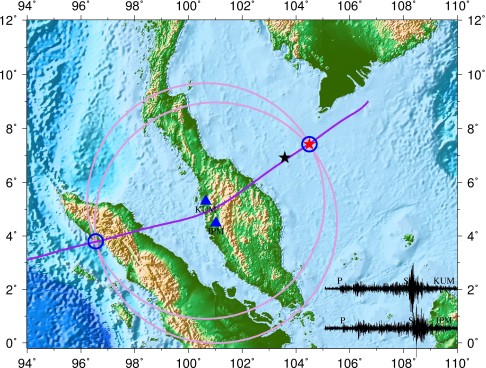New | Chinese scientists observe 'seismic event' on sea floor, as US points towards Indian Ocean in MH370 mystery

A team of seismologists at one of China's top universities said they had detected a slight seismic event on the sea floor between Vietnam and Malaysia on March 8, which might be consistent with an airplane crashing into the sea, and possibly related to the missing Malaysian Airlines flight MH370.
The Chinese scientists, with the university's Laboratory of Seismology and Physics of the Earth's Interior, said in their online statement that the signal they had picked up from two seismic monitor stations in Malaysia seemed to indicate that a slight tremor occurred on the sea floor at about 2.55am on March 8, some 150 kilometres off the southern tip of Vietnam.

The seismic event happened about 85 minutes after MH370 lost contact with air control, and about 116 km northeast of the spot where it was reportedly last heard from.
“If it was indeed an airplane crashing into the sea, the seismic wave strength indicated that the crash process was catastrophic," the statement said.